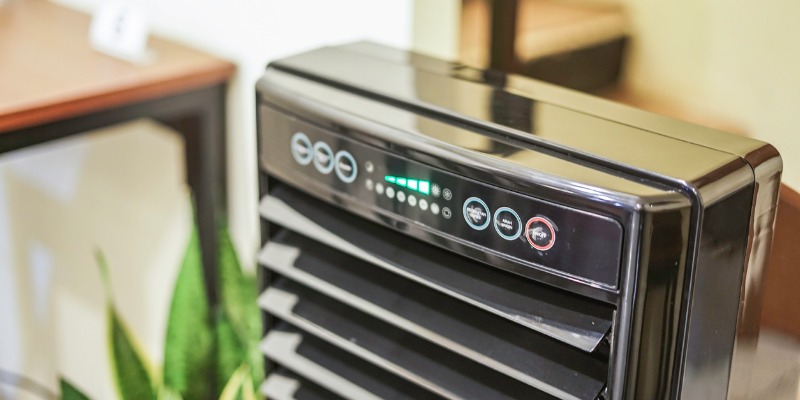
Dry air can be very irritating; creating everything from dry skin to itchy eyes and nose bleeds to sore throats. It is especially noticeable in the winter when your heat is on. Often homeowners don’t even realize their symptoms are caused by their home environment and instead chalk it up to winter colds or flu. However, when you don’t have enough humidity in your home it can not only make you sick but also create all kinds of other issues in the home. Here we look at the symptoms of dry air in your home with tips on how to fix them.
Dry Air in Home Symptoms
Common symptoms of dry air in the home include:
- Dry skin
- Itchy eyes
- Irritated nasal passages
- Nose bleeds
- Dry itchy throat
- Worsening cold and flu symptoms
- Asthma flare-ups and other respiratory issues
- Damage to wood furniture and floors such as cracking and warping
- Static electricity in your hair, on your clothes, and in your carpet and furniture
All of these symptoms can make life miserable, yet can usually be resolved by addressing your humidity issues.
Are you experiencing any of these symptoms in your home? At B&B ClimateCare, we can help make your home environment more comfortable. Contact our team today.

Measuring Dry Air in Your Home
While this can be done using a humidifier, you need to raise the humidity levels properly to see the best results. Ideally, this is between 30 and 50%. Anything under 30% is getting uncomfortably dry, but you can also make the air too moist if you go beyond 50%. This can lead to a new set of woes including mould growth. To get started, you might want to invest in a hygrometer at your local hardware store so you can measure your home’s humidity levels. Your hygrometer will a) confirm your home is too dry and b) help you keep an eye on humidity levels.
Installing a Whole-Home Humidifier
If you confirm your home is too dry, the easiest way to add moisture into the air is to invest in a humidifier. You can purchase portable humidifiers, but they can only do so much to control humidity in an entire home. Instead, your best bet is to consider installing a whole-home humidifier. These affordable units work with your HVAC system. While your furnace heats your home, the humidifier will restore the moisture levels in the air. Your furnace makes it easy to spread the moist air from room to room, so you’ll always have the perfect humidity level.
There are many options available making it easy to find one to suit your budget while being compatible with your particular furnace model. In fact, even older furnaces/HVAC systems work with a whole-home humidifier including homes with radiant heat and baseboard heaters. The models can even be chosen based on whether you want to add more or less humidity. A discussion with your HVAC professional is the best place to start. They can recommend the right whole-home humidifier to maintain heat, keep your furnace operating efficiently and also ensure you always enjoy the ideal humidity level in your home.
Have questions about whole-home humidifiers? Contact one of our experts today!






